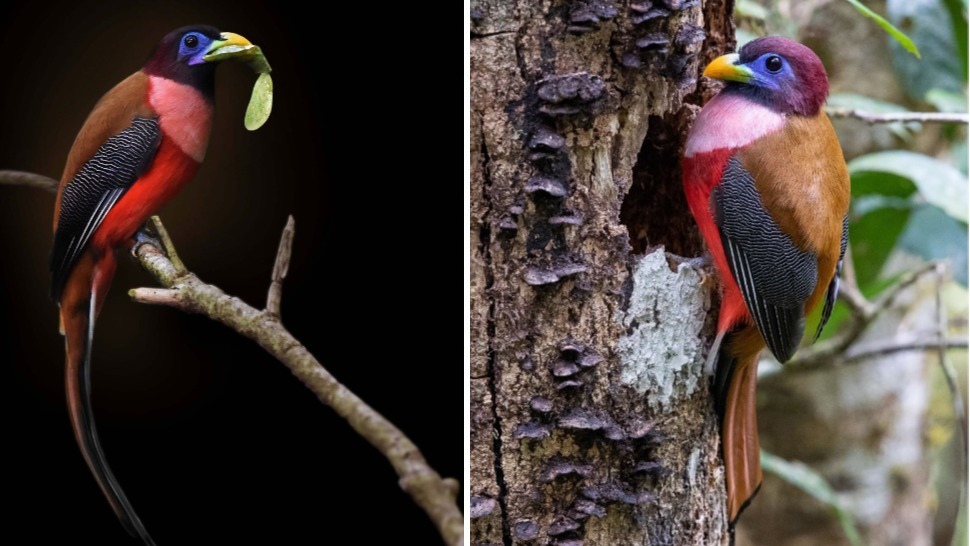What's the 'Ibong Adarna' Doing in Antique?

When we think of the Ibong Adarna, we imagine a mythical bird with vivid hues flying around what we think is Berbania. It's practically the main character in the Filipino epic poem, Korido at Buhay na Pinagdaanan ng Tatlong Prinsipeng Magkakapatid na Anak ni Haring Fernando at ni Reyna Valeriana sa Kahariang Berbanya.
So where can we find the Ibong Adarna in real life? Apparently, it was spotted by a netizen. Recently, Noynoy Filaro posted a video of the encounter on his Facebook account. Here, we can see what appears to be the golden pheasant walking around a corner at Semirara Island in Antique.
The sighting was documented last April 14, 2024.

It's one of the most famous species of pheasants. The golden pheasant (Chrysolophus pictus) is commonly found in native forests around Central and Western China. But from time to time, they find themselves elsewhere. Feral populations of the species have been documented in countries like Canada, the U.S., Mexico, Peru, and Argentina, among others.
Also known as the Chinese pheasant or rainbow pheasant, it comes from the order Galliformes (gallinaceous birds) and is thought of by the Chinese people as an ancestor of the phoenix, in some cases. It's been spotted a few times in the past in the Philippines, too.
ALSO READ:
Meet the Philippine Bird With 'Rambutan' Eyelashes
This Philippine Bird Is Unfortunately Called Taeng Baboy
The concept for the Ibong Adarna is said to have European origins, with most of the story reflecting talk of kingdoms. Some say that the Ibong Adarna might have been inspired by the Maranao people's Sarimanok. We can argue about that all day, really.
If we were to ask local birders what kind of bird the Ibong Adarna is, we might be redirected to the Philippine Trogon (Harpactes ardens). One of the most colorful birds in the Philippines, this creature is elusive and doesn't really do well in captivity.
It possesses quite the burning pattern (Epithet ardens is actually Latin for flaming. Hence, the name). They're particularly sensitive to sounds and prefer to stay in the forest. Here's a photograph of the Trogon for reference:
Of course, don't expect it to sing you a lullaby anytime soon.



